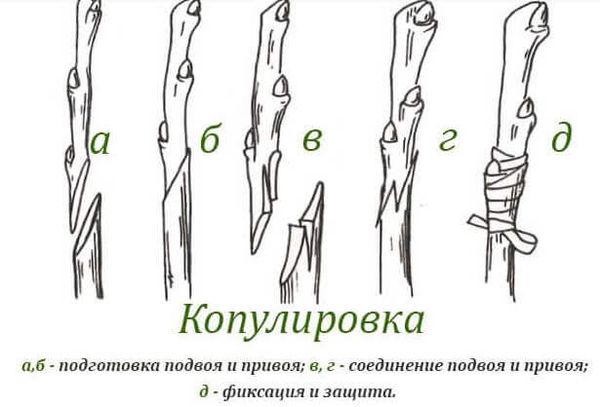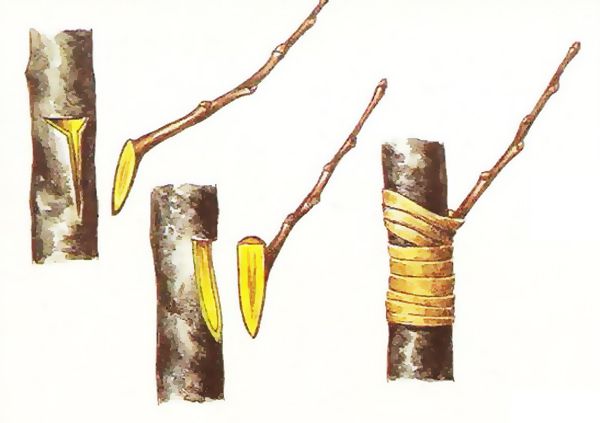How and on what you can plant a lemon at home
Content
What is the lemon vaccine for?
Grafting is the process of moving buds or shoots from one crop to another in order to grow together. Spring is considered the optimal time for the procedure.
Grafting a homemade lemon tree is necessary in order for it to begin bearing fruit faster. Even on the branches, varietal fruits will ripen, which will be of high quality, and not hybrid without transferring their properties to "descendants", as in the case of growing from seeds. It is possible to plant indoor lemon on a cultivated orange or other citrus plant.
Video "How to plant lemon at home"
In this video, you will learn how to plant a lemon at home with your own hands.
Choosing the right stock
There are also such varieties of lemons as Dioscuria and Meyer, which take root well, flowering occurs in the year of grafting, and the fruits can be tasted the next year.
The stock for any lemon variety can be strong self-grown seedlings of oranges, grapefruits or lemons. They have isolated, developed and strong roots, are hardy and quickly get used to new conditions. The best stock options are stunted and dwarf plants.
When choosing, you should pay attention not only to growth, but also taste, as well as the tendency of the culture to disease. A good parent plant will be a sprout obtained from a seed, having a diameter of 0.5 cm. The graft is taken from a fruiting crop. The shoots must be cleared of foliage and thorns, petioles and rudimentary shoots are left on the branches.
Required tools
To plant a homemade citrus, you need to prepare a well-sharpened small scalpel or an eyepiece knife, insulation tape or garden bandage to fix the rootstock with a scion, as well as a garden var. The latter will need to lubricate the cut of the tree so that the infection does not get there and it heals normally. For self-preparation of such a solution, take 100 g of pine resin, 25 g of wax and 20 ml of alcohol, mix and heat. Shoots in places of future cuts are wiped with wet wipes.
Vaccination methods and their features
It is best to plan the procedure from April to August, perform work on a cloudy and rainy day, when the air humidity is high, after wiping a knife or pruner with alcohol and washing your hands. Next, we will talk in more detail about each of the three methods of vegetative reproduction.
Copulation
The term comes from the Latin word copulare, which means "to bind" or "to connect." Copulation can be simple and improved, this is a type of cuttings, for which a graft and rootstock of the same diameter are taken.
It is necessary to make oblique cuts on the stem of the mother culture, as well as on the handle, wrapping it tightly with tape or bandage, but carefully so as not to damage the plants. The dressing material can be removed after the revived stalk has sprouted after a while.
Budding
The method owes its name to the Latin word oculus, which means "eye". The procedure is the introduction of a bud, covered with a small layer of wood and obtained from a branch, into the bark of the rootstock.
For grafting with an eye on the bark of a previously cleaned stock, an incision is made in the shape of the letter "T", a scion is inserted into the slot, and the tape is fixed so that the bud is open. The surface is treated with garden varnish, the culture is closed with a plastic bag or plastic bottle. It turns out a mini-greenhouse with a suitable microclimate.
For good fusion, airing and removal of excess shoots are required.
Inoculation by cuttings
Grafting citrus by cuttings involves such steps as cleaning the rootstock from dust and pruning it horizontally at a height of 5 cm from the soil surface. Next, a vertical splitting of the main stem is carried out by no more than 2 cm. A shoot with a bud is inserted into the incision made obliquely on the handle, after which it is carefully pressed against the stem. The graft with the stock is securely fastened with a tape, the cut is lubricated with garden varnish.
In addition to this method of grafting "for the bark", it is also known to engraft the graft "in the split". When carrying out work, the stem is removed from the bark at a height of 7 cm, the stock is divided with a scalpel or knife to a depth of no more than 4 cm. The base of the cutting should be cut obliquely from opposite sides, the scion with at least 3 buds is inserted into the incision and fixed with film material. The plant is placed in a warm room, where airing is carried out, the bandage is slightly loosened when the yellowed cuttings begin to fall off, and removed during the development of the buds.
Vaccination by any of the methods requires certain skills, but if the survival rate did not occur the first time, there is no need to be upset, the attempt can be repeated.




